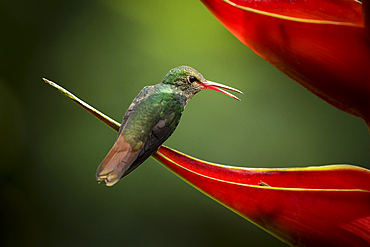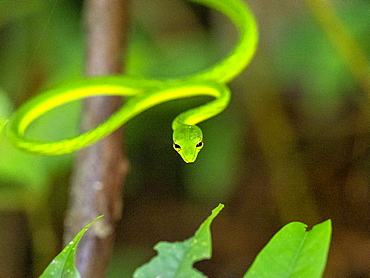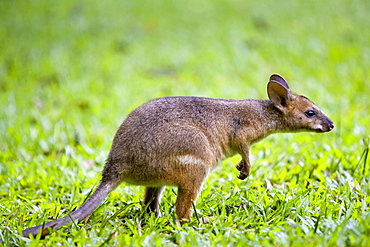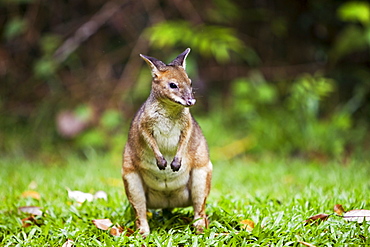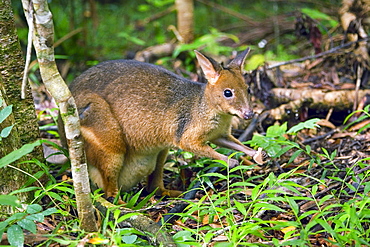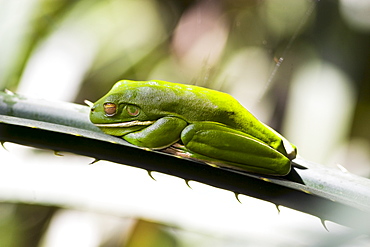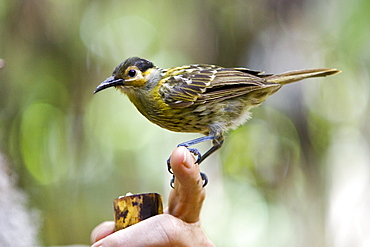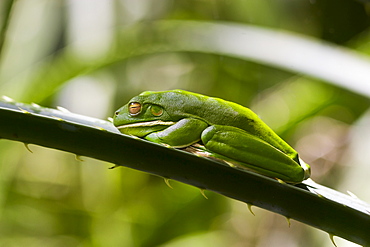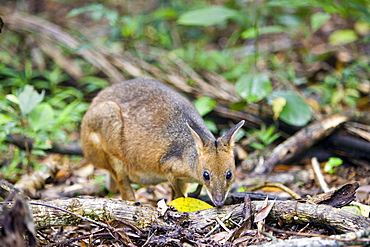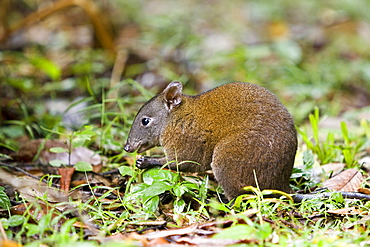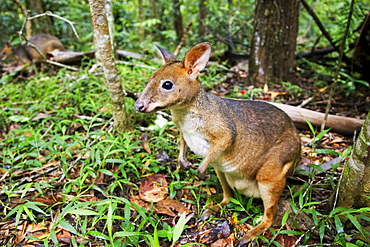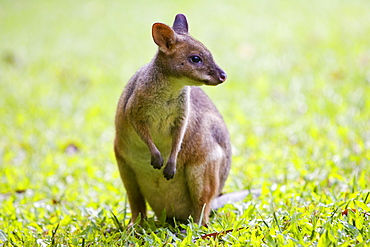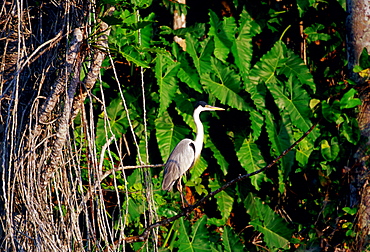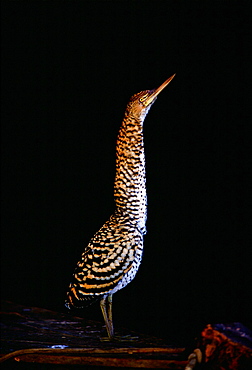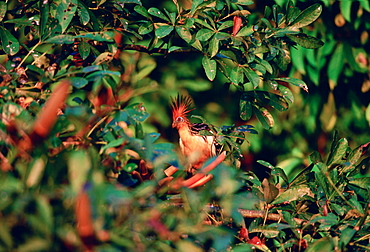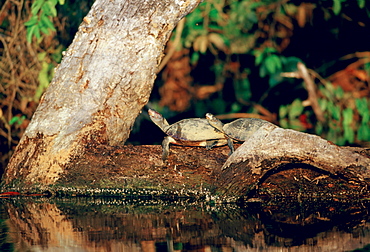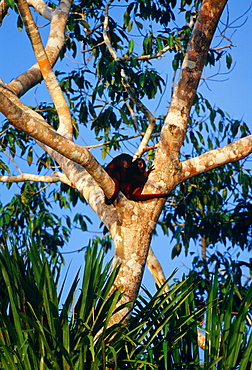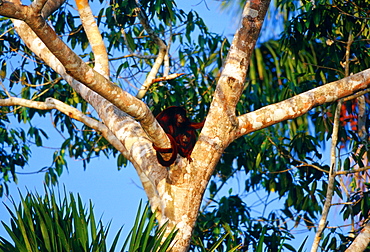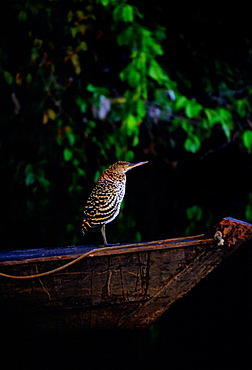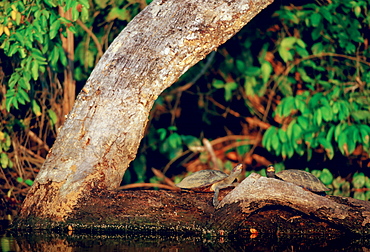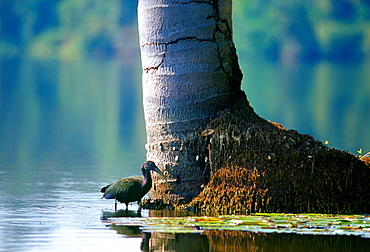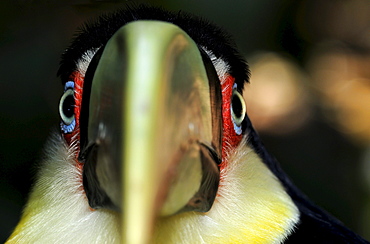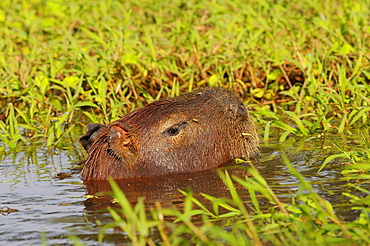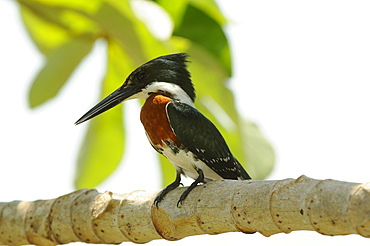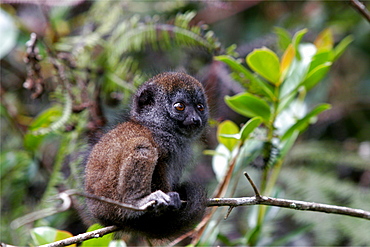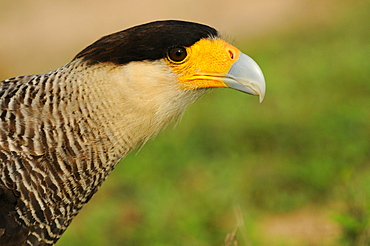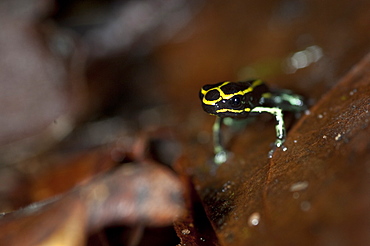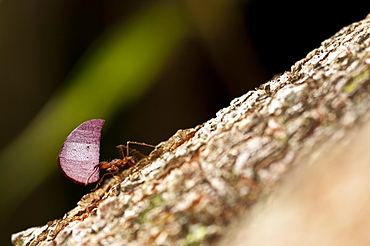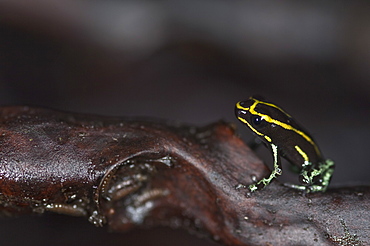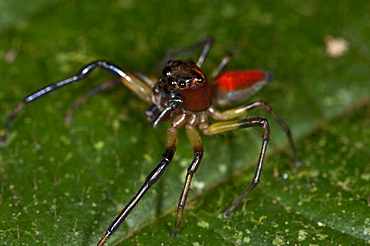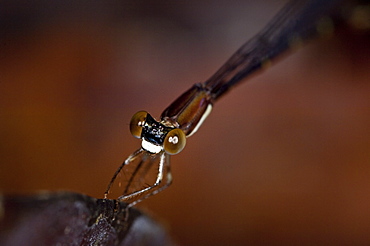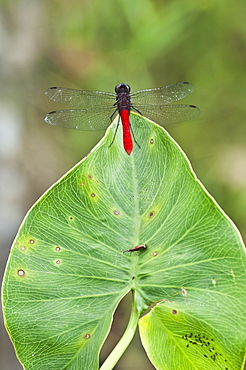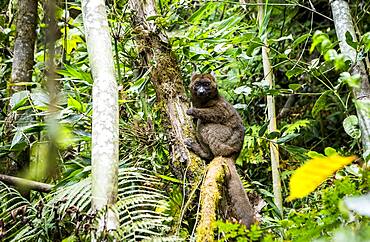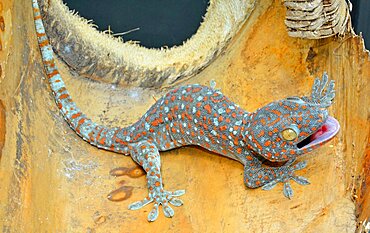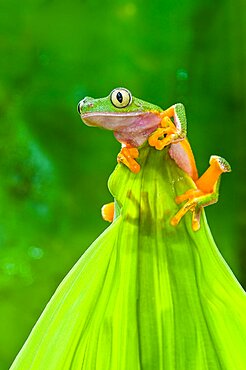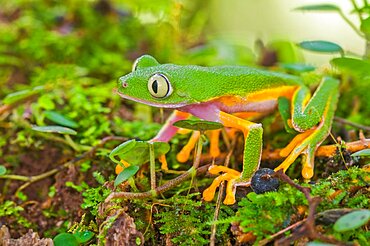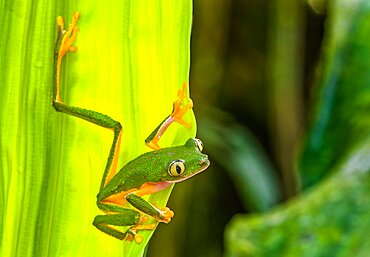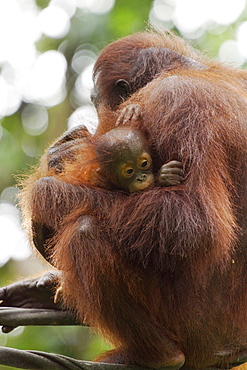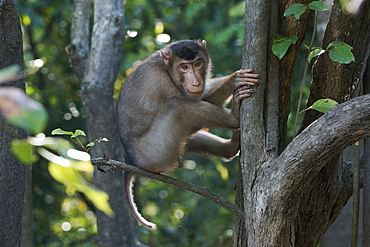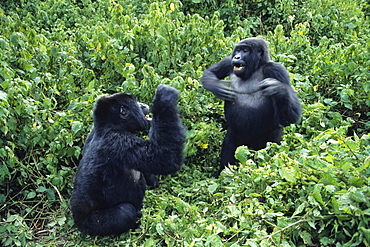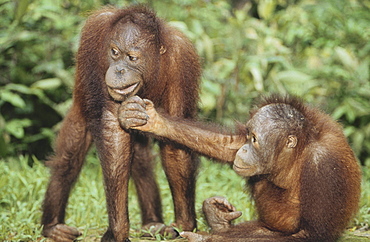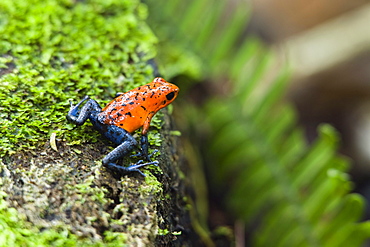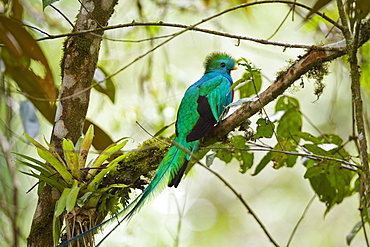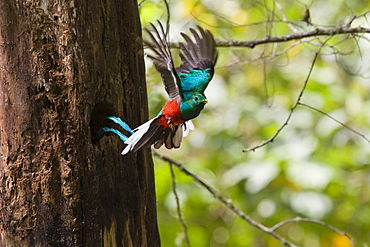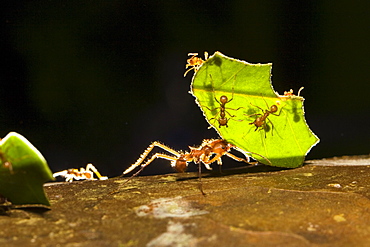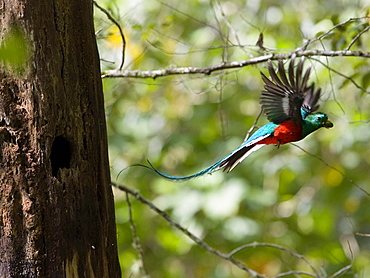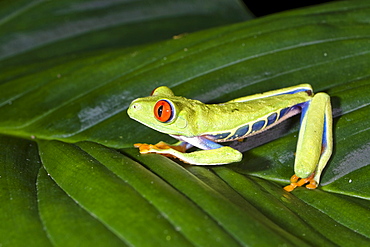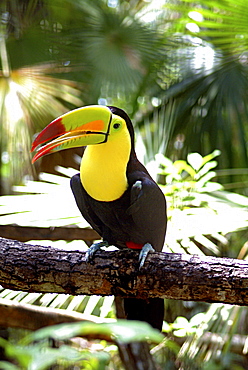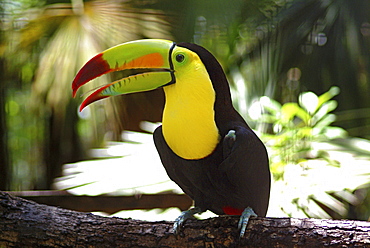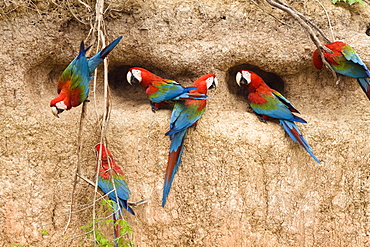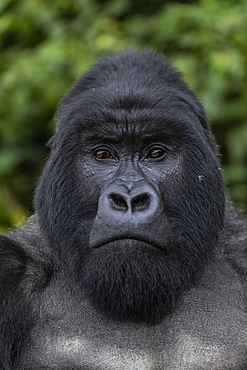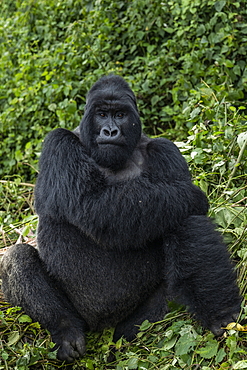Results
« Previous 1 2 3 4
340 results found
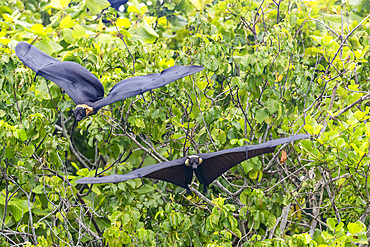
Common tube-nosed fruit bats (Nyctimene albiventer), in the air over Pulau Panaki, Raja Ampat, Indonesia, Southeast Asia, Asia
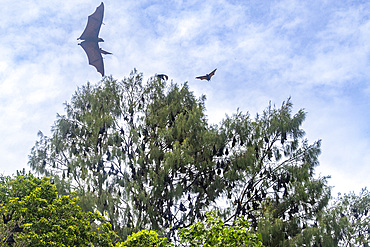
Common tube-nosed fruit bats (Nyctimene albiventer), in the air over Pulau Panaki, Raja Ampat, Indonesia, Southeast Asia, Asia
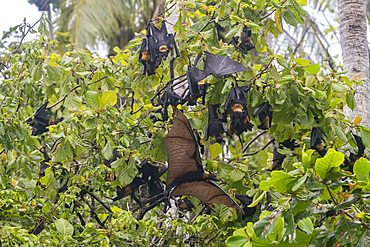
Common tube-nosed fruit bats (Nyctimene albiventer), roosting on Pulau Panaki, Raja Ampat, Indonesia, Southeast Asia, Asia
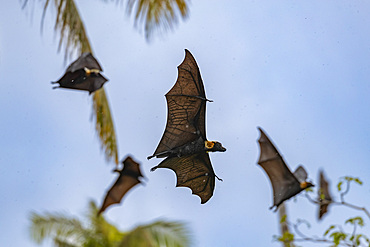
Common tube-nosed fruit bats (Nyctimene albiventer), in the air over Pulau Panaki, Raja Ampat, Indonesia, Southeast Asia, Asia
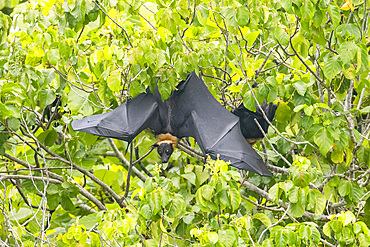
Common tube-nosed fruit bats (Nyctimene albiventer), in the air on Pulau Panaki, Raja Ampat, Indonesia, Southeast Asia, Asia
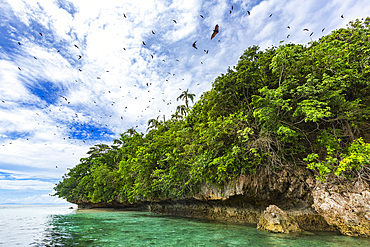
Common tube-nosed fruit bats (Nyctimene albiventer), in the air over Pulau Panaki, Raja Ampat, Indonesia, Southeast Asia, Asia
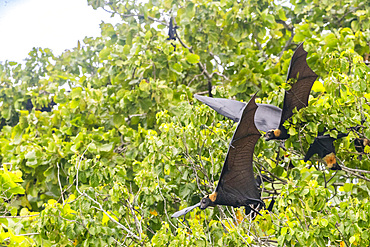
Common tube-nosed fruit bats (Nyctimene albiventer), in the air over Pulau Panaki, Raja Ampat, Indonesia, Southeast Asia, Asia
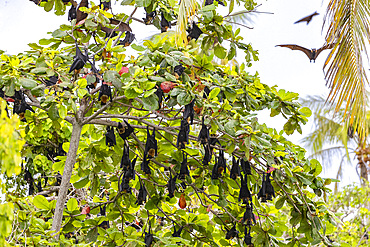
Common tube-nosed fruit bats (Nyctimene albiventer), roosting on Pulau Panaki, Raja Ampat, Indonesia, Southeast Asia, Asia
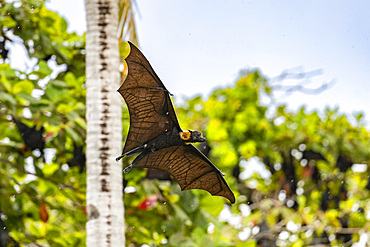
Common tube-nosed fruit bat (Nyctimene albiventer), in the air over Pulau Panaki, Raja Ampat, Indonesia, Southeast Asia, Asia
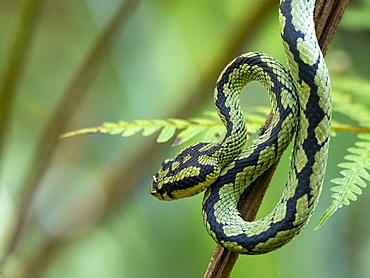
An adult Sri Lanka green pit viper (Trimeresurus trigonocephalus), in the Sinharaja Rainforest Reserve, Sri Lanka, Asia
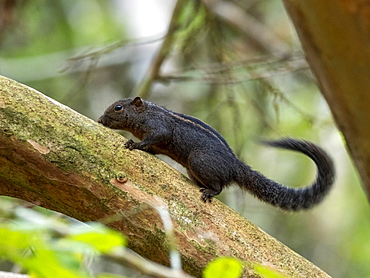
An adult Layard's striped squirrel (Funambulus layardi), in the Sinharaja Rainforest Reserve, Sri Lanka, Asia
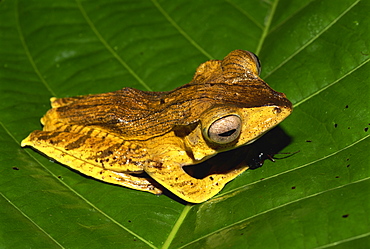
Unidentified Bornean tree frog species found in primary rainforest, Danum Valley, Sabah, Borneo, Malaysia, Southeast Asia, Asia
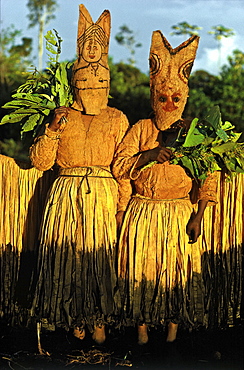
Wearing tree bark cloth masks and skirts, dancers representing fish spirits are invited during the season of the peach palm harvest to drink the juice. it is a feast and ritual exchange: the host group offers the spirits large quantities of peach palm juice, smoked meat and fish, and shaman-blessed coca and snuff. the visitors are the costumed dancers impersonating animal spirits. people eat the meat and fish, animal spirits receive the fruits of peach palm, which are cultivated, harvested, and processed by humans. this exchange expresses the idea that people and animals depend on each other for survival and reproduction. vaupes basin, eastern colombia amazon, population: 600
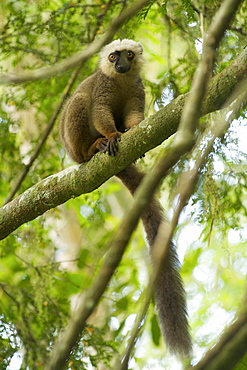
White-fronted brown lemur (Eulemur fulvus albifrons) in the rainforest of Marojejy National Park in northeast Madagascar, Madagascar, Africa
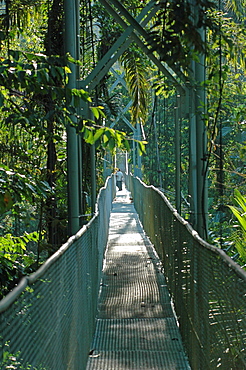
Suspension footbridge. Tirimbina natural reserve where wild birds and animals can be watched, Sarapiqui, Costa Rica, Central America
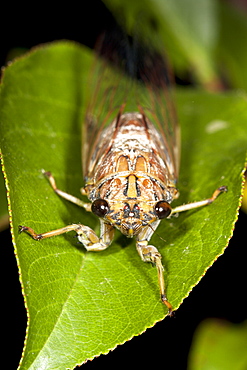
Male brown bunyip cicada (Tamasa tristigma) on leaf, Hopkins Creek, New South Wales, Australia, Pacific
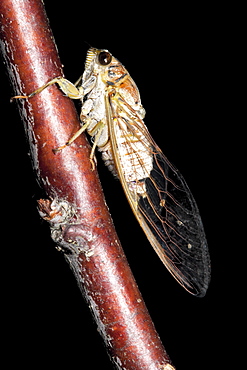
Male brown bunyip cicada (Tamasa tristigma) on twig, Hopkins Creek, New South Wales, Australia, Pacific
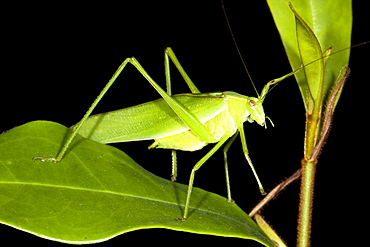
Common garden katydid (Caedicia simplex) on leaf, Hopkins Creek, New South Wales, Australia, Pacific
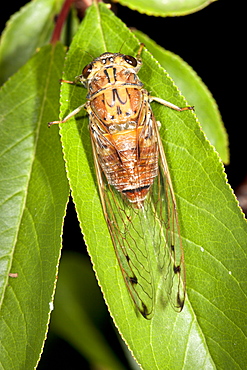
Male brown bunyip cicada (Tamasa tristigma) on leaf, Hopkins Creek, New South Wales, Australia, Pacific
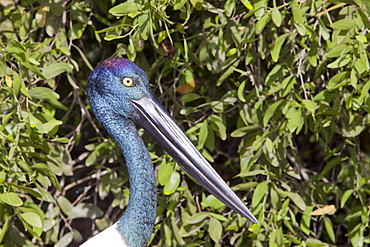
Close-up of a black necked stork (Jabiru) (Ephippiorhynchus asiaticus) in Hartleys Crocodile farm near Cairns, Queensland, Australia, Pacific
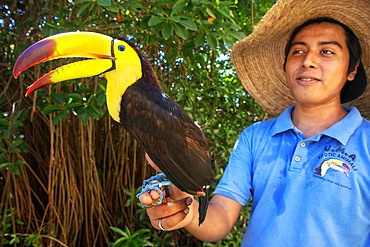
A Mexican staff member holds a tucan at Grand Palladium White Sand Resort and Spa in Riviera Maya, Yucatan Peninsula, Quintana Roo, Caribbean Coast, Mexico
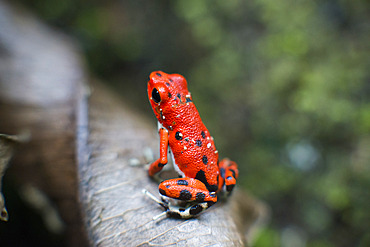
Strawberry Poison Frog (Dendrobates pumilio), adult, Bastimentos National Park, Bocas del Toro, Panama. The strawberry poison frog or strawberry poison-dart frog (Oophaga pumilio or Dendrobates pumilio) is a species of small amphibian poison dart frog found in Central America. It is common throughout its range, which extends from eastern central Nicaragua through Costa Rica and northwestern Panama. The species is often found in humid lowlands and premontane forest, but large populations are also found in disturbed areas such as plantations. The strawberry poison frog is perhaps most famous for its widespread variation in coloration, comprising approximately 15���30 color morphs, most of which are presumed to be true-breeding. O. pumilio, while not the most poisonous of the dendrobatids, is the most toxic member of its genus. The species is most diverse in Panama with varieties in vivid shades of all red, orange, blue, yellow or green, green and yellow, white with red, orange or black and spotted varieties. The most colorful mix is found in Isla Bastimentos Marine National Park though not all in one place. Colors vary by location. A beach on the north side of the island is named after the species. Two of Southern Explorations' Panama tours visit red frog habitat. Both the eight-day Panama Adventure trip and eleven-day Panama Highlights trip spend time in Isla Bastimentos Marine National Park and the former also goes to Red Frog Beach.
The red frog is not as poisonous as some of its cousins and is not a threat to humans. It subsists on a diet of ants that dine on poisonous plants, providing the red frog its protective skin toxin. Males attract females with a loud quick chirp. To hear the distinctive sound before you depart on your Panama tours, go to the University of Michigan Museum's biodiversity website (www.animaldiversity.ummz.umich.edu.) After birth, the tadpoles climb aboard the mother who deposits them in different protected areas where she retu
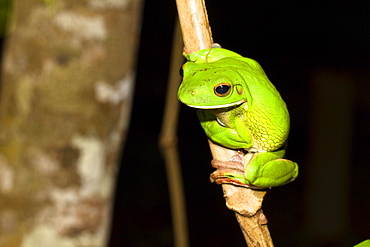
White lipped treefrog in the rainforest, Litoria infrafrenata, Iron Range National Park, Cape York Peninsula, North Queensland, Australia
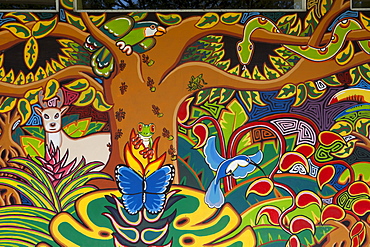
Colorful mural depicting Costa Rican wildlife outside souvenir shop, Cebadilla, Puntarenas, Costa Rica, Central America, America

Colorful mural depicting Costa Rican wildlife outside souvenir shop, Cebadilla, Puntarenas, Costa Rica, Central America, America
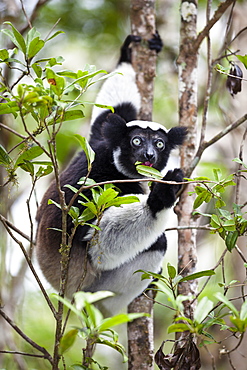
Indri eating leaves, Indri indri, rainforest, Andasibe Mantadia National Park, East-Madagascar, Madagascar, Africa
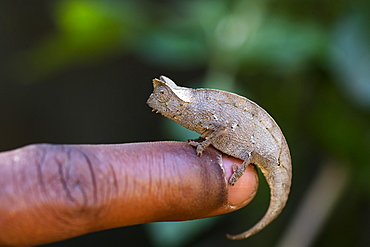
Tiny brown leaf chameleon on a finger, Brookesia superciliaris, Rainforest, Madagascar, Africa, captive
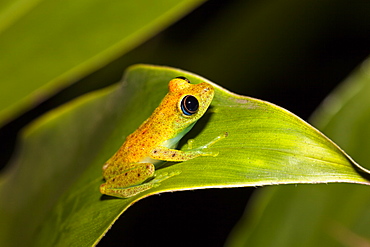
Green bright-eyed frog in the rainforest of Madagascar, Boophis viridis, Andasibe Mantadia National Park, East Madagascar, Madagascar, Africa
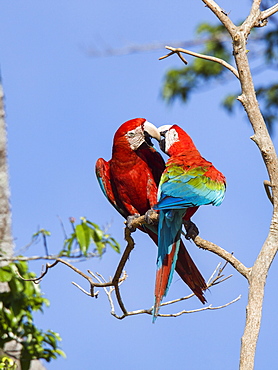
Red-and-green Macaws in rainforest, Ara chloroptera, Tambopata National Reserve, Peru, South America
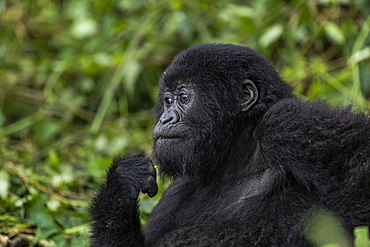
Young gorilla of the Sabyinyo group of gorillas, Volcanoes National Park, Northern Province, Rwanda, Africa
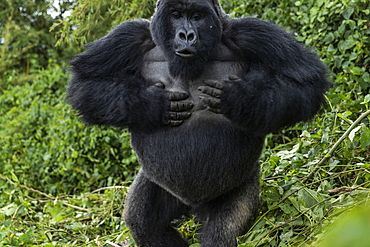
Silverback Guhonda is over 30 years old, two meters tall, weighs more than 200 kg and is the undisputed leader of the Sabyinyo group of gorillas in Volcanoes National Park, Northern Province, Rwanda, Africa
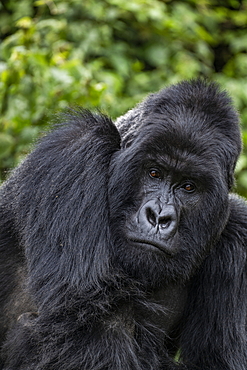
Silverback Guhonda is over 30 years old, two meters tall, weighs more than 200 kg and is the undisputed leader of the Sabyinyo group of gorillas in Volcanoes National Park, Northern Province, Rwanda, Africa
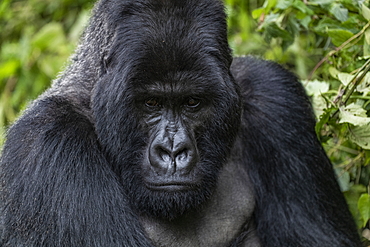
Silverback Guhonda is over 30 years old, two meters tall, weighs more than 200 kg and is the undisputed leader of the Sabyinyo group of gorillas in Volcanoes National Park, Northern Province, Rwanda, Africa
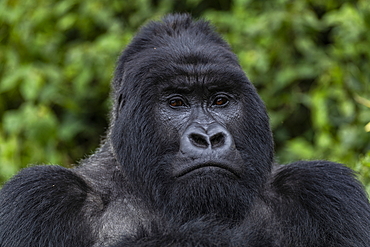
Silverback Guhonda is over 30 years old, two meters tall, weighs more than 200 kg and is the undisputed leader of the Sabyinyo group of gorillas in Volcanoes National Park, Northern Province, Rwanda, Africa
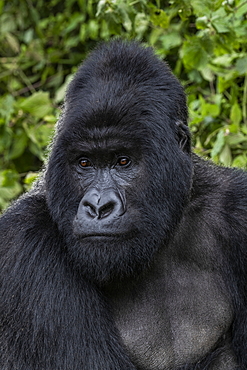
Silverback Guhonda is over 30 years old, two meters tall, weighs more than 200 kg and is the undisputed leader of the Sabyinyo group of gorillas in Volcanoes National Park, Northern Province, Rwanda, Africa
